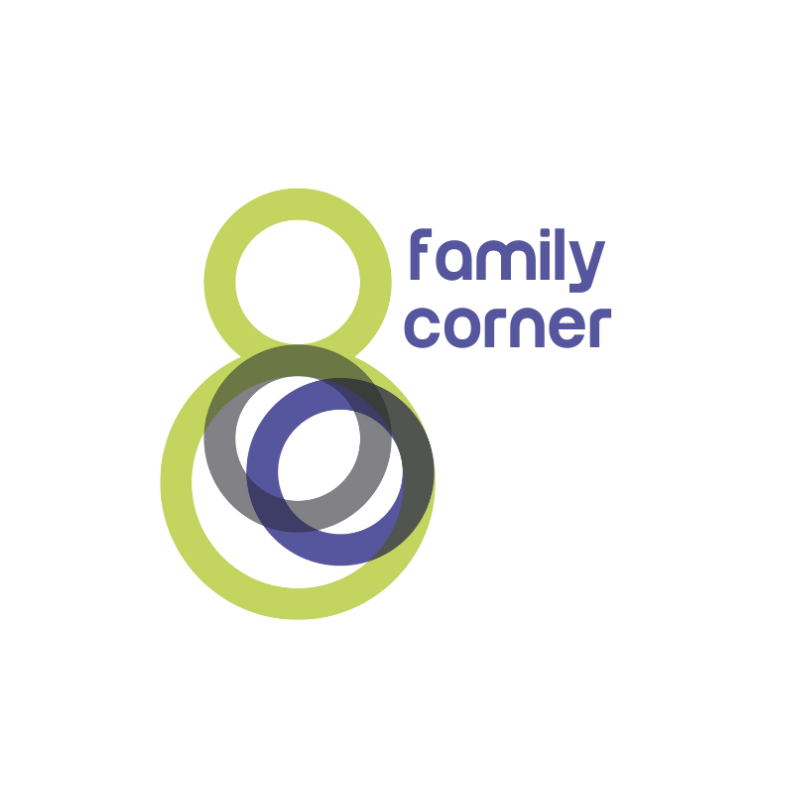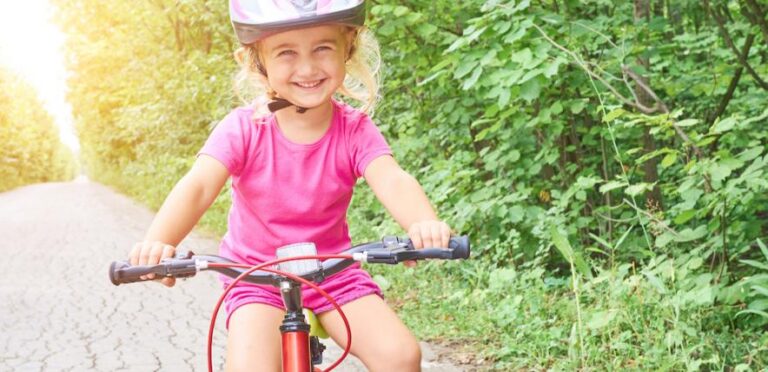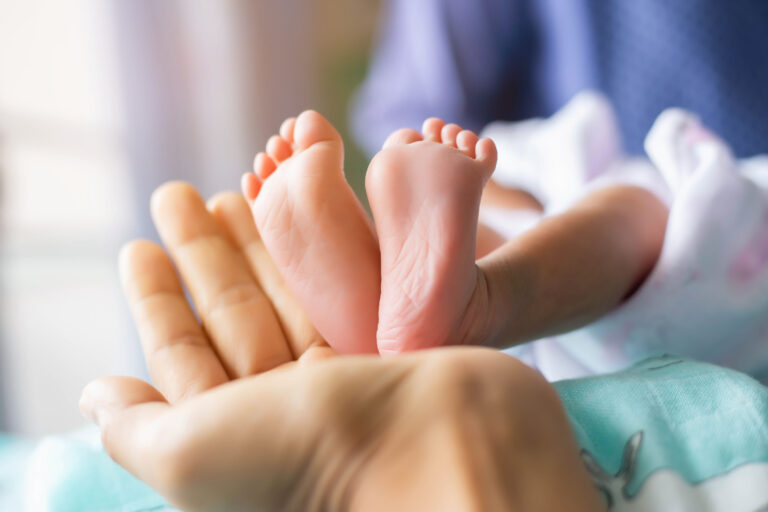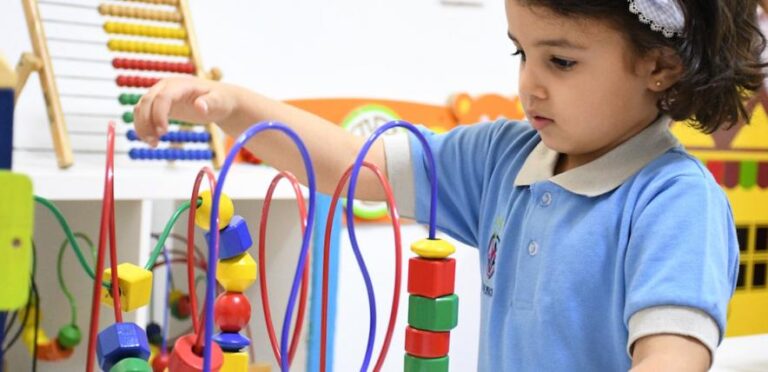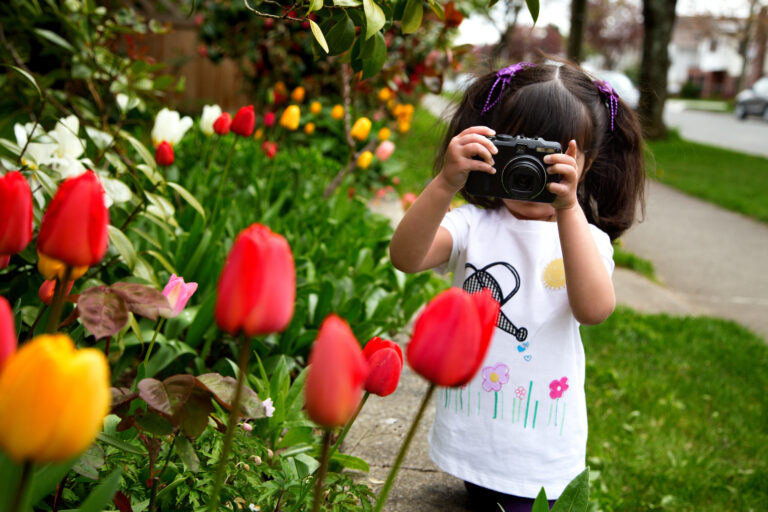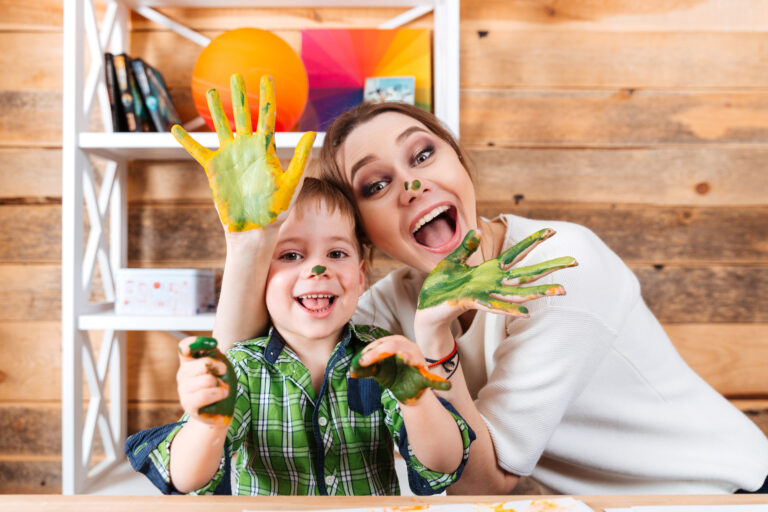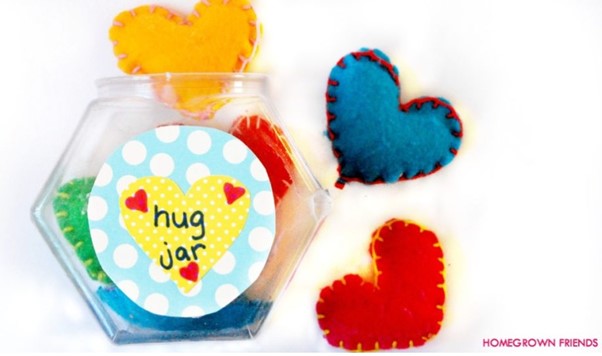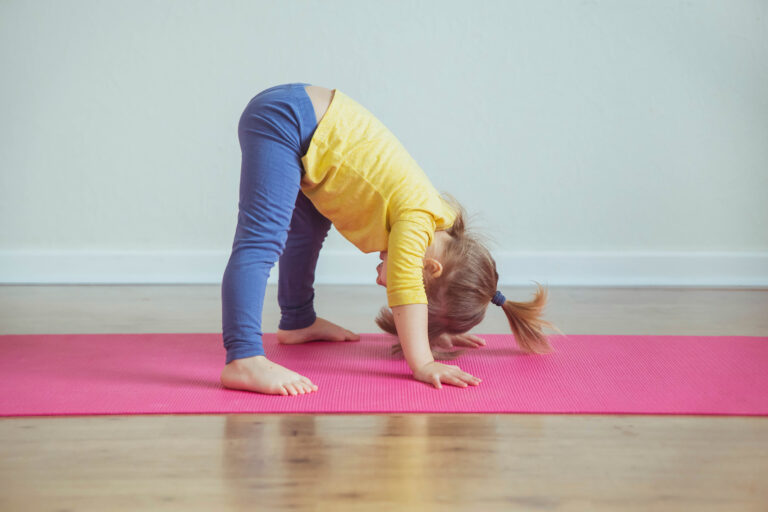Learning to ride a bike is surely one of the most overriding memories of childhood. Who can forget the tentative feet on the pedals, wobbling along and trying to hold the handlebars straight before the wonderful feeling of being let go and riding off, all by yourself?
It is a skill that is passed on from one generation to another, as a rite of passage. Teaching your child to ride is every bit as satisfying as mastering the skills all those years ago.
Getting the balance right
The time your child takes to learn to ride may vary, so do be patient. Some children take to it immediately, while others need a little longer get their confidence. Experts believe that the best age to begin is between the ages of four and six because children tend to be more fearless. Caution creeps in the older they get.
Younger children and toddlers may benefit from starting with a balance bike. These are small, usually purpose-built, bikes made of wood or metal, with the pedals removed, and are designed to teach children balance and how to steer. Some balance bikes can be converted into a normal bike, with the pedals and other parts added once the child is ready to start cycling properly.
Start by showing them what they need to do, by riding yourself. Children learn best when copying others. You should start them off by removing the pedals, so they learn how sitting on a bike feels, and what it’s like to try to balance. Adjust the saddle so their feet can just touch the floor.
Once they have a feel for the bike and can balance, put the pedals back on and raise the saddle to the appropriate height. Learning on a tarmac is easier than on grass and begin somewhere flat so they don’t ride off too quickly and lose control.
As your child starts to ride themselves, hold on to their shoulders or under their armpits. Holding on to the handlebars means they don’t have control of the bike – and you could hurt your back. This also helps the child to learn how to use their body weight and how the bike reacts when they lean.
Even when they’re confident and managing to cycle a few metres on their own, stay by their side for the time being. A fall or crash now may dent their confidence and prevent them from wanting to ride.
All the gear
Stabilisers – or training wheels, as they’re sometimes known – can be useful, but in most cases, they aren’t needed. Children who use stabilisers for a prolonged period may find it more difficult to learn to ride without them.
Once your child can steer, balance and turn they need to learn how to brake. In a safe area and going slowly, get them to try out their brakes gradually, and to use front and rear brakes together.
While your child is learning, remind them about the importance of safety. Helmets should fit snugly on the head. If in doubt, get advice from a reputable bike stockist. In their early days on a bike, children may also benefit from fingerless cycling gloves, or track mitts, to help prevent grazing when they fall. Other protection, such as elbow and knee pads can be used but may inhibit movement while learning.
This is a just a quick guide to help start you off.
More expert advice is available on the following websites: Dad Info / Cycling Weekly
Happy cycling!
Written by Dorothy Lepkowsa for the Early Years Alliance
